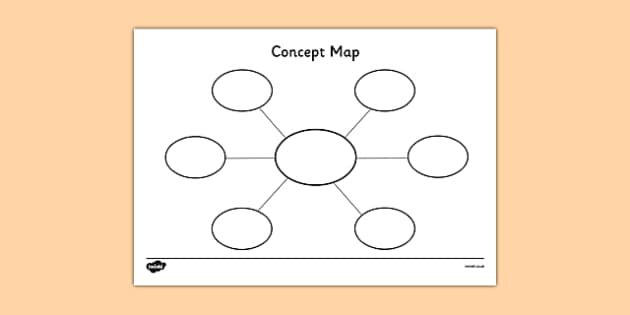
Understanding Concept Maps and Their Importance
What is a Concept Map?
Concept mapping is a powerful visual learning technique that helps organize and represent knowledge in a structured format. At its core, a concept map is a diagram that shows relationships between ideas, typically represented as boxes or circles, connected by arrows or lines. These connections are labeled with linking words or phrases that explain the relationship between the concepts.
The origins of concept mapping can be traced back to the 1970s when Joseph Novak, a professor at Cornell University, developed this technique as a way to enhance meaningful learning. Novak's work was based on David Ausubel's assimilation theory of learning, which emphasizes the importance of prior knowledge in acquiring new information.

Benefits of Using Concept Maps
Concept maps offer numerous advantages that can significantly enhance your learning and cognitive processes:
Improved understanding of complex topics
Enhanced retention of information
Better problem-solving and critical thinking skills
Identification of knowledge gaps
Easier visualization of the big picture
Encouragement of active engagement with material
By visually representing complex information, concept maps make it easier to grasp and retain knowledge, allowing you to see the big picture while also focusing on specific details.
Essential Elements of Effective Concept Mapping
Key Components of a Concept Map
To create an effective concept map, you need to understand its key components:
Concepts: Main ideas or topics represented in boxes or circles
Relationships: Connections between concepts shown as lines or arrows
Linking words: Phrases that describe the relationship between connected concepts
Hierarchical structure: Arrangement from general to specific concepts
Cross-links: Relationships between concepts in different segments of the map
Understanding these components is crucial as they form the foundation of your concept map, determining its clarity and effectiveness.
Different Types of Concept Maps
Concept maps come in various forms, each suited to different purposes and types of information. These include hierarchical concept maps, spider concept maps, systems concept maps, and flowchart concept maps. Experiment with different types to find what works best for your specific needs and the information you're trying to represent.
Step-by-Step Guide to Creating Your First Concept Map
Choosing Your Topic and Central Concept
The first step in creating an effective concept map is selecting an appropriate topic and identifying your central concept. Choose a topic that's both manageable in scope and relevant to your learning or problem-solving needs. Your central concept should be broad enough to encompass key aspects of your topic but specific enough to provide a clear focus.
Brainstorming and Organizing Related Concepts
After establishing your central concept, brainstorm and organize related concepts. Use techniques like free association, mind mapping, reviewing relevant materials, and discussing with others to generate ideas. Once you have a comprehensive list, organize them by grouping related ideas and prioritizing based on importance or relevance to the central concept.
Advanced Techniques for Concept Mapping Mastery
Using Digital Tools for Concept Mapping
Digital tools offer numerous advantages for concept mapping, providing flexibility, ease of editing, and advanced features. Here's an overview of some popular concept mapping software:
Software | Key Features | Best For |
|---|---|---|
MindMeister | Real-time collaboration, integration with productivity tools | Team projects, brainstorming |
Lucidchart | Extensive template library, data linking capabilities | Complex diagrams, presentations |
CmapTools | Cross-platform compatibility, external resource linking | Academic research, detailed maps |
Collaborative Concept Mapping Strategies
Collaborative concept mapping can be a powerful tool for group learning and problem-solving. Here are some effective strategies:
Round-robin mapping: Team members add concepts in turn
Jigsaw method: Divide the topic into subtopics for individual mapping
Real-time digital collaboration: Use online tools for simultaneous editing
Peer review: Compare and merge individual maps as a group

These strategies foster open communication and incorporate diverse perspectives into the final map.
Applying Concept Maps in Real-World Scenarios
Concept Mapping in Education and Research
In educational settings, concept maps can enhance study techniques and exam preparation. Use them to organize course topics, review large amounts of information quickly, plan essay answers, structure academic papers, synthesize information for literature reviews, and generate research hypotheses.
Concept Mapping for Business and Problem-Solving
In the business world, concept mapping can improve strategic planning and decision-making processes. Use concept maps for developing business strategies, planning product launches, troubleshooting complex issues, facilitating team communication, and presenting ideas to stakeholders.
By incorporating concept mapping into various aspects of your academic, professional, and personal life, you can enhance your understanding, problem-solving capabilities, and communication skills.
